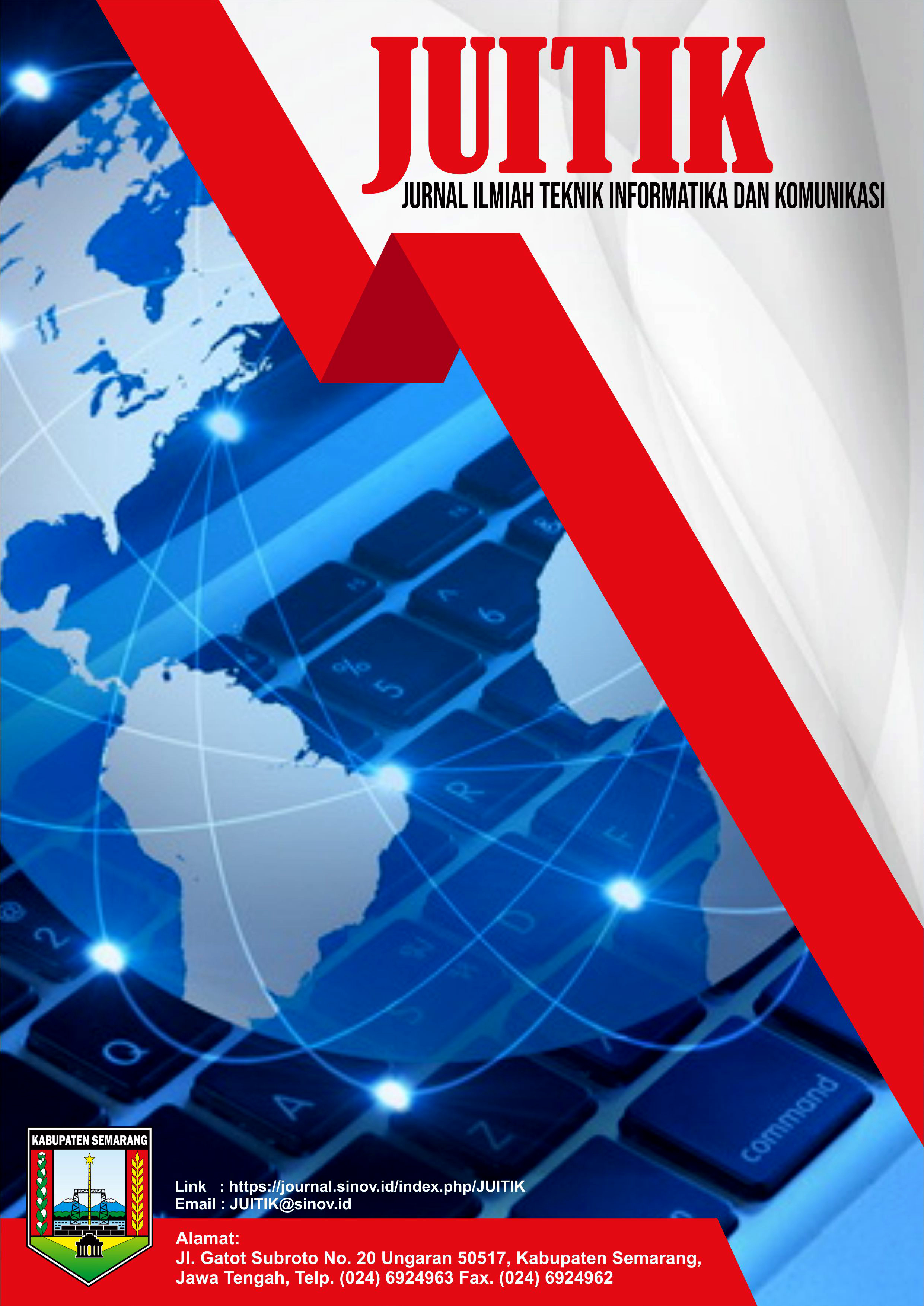Efektivitas Iklan TikTok dalam Meningkatkan Brand awareness di Kalangan Generasi Z
Studi Kasus Mahasiswa Institut Agama Islam Al-Zaytun Indonesia
DOI:
https://doi.org/10.55606/juitik.v5i3.1586Keywords:
Brand Awareness, Generation Z, Islamic Communication, TikTok Advertising, Uses and GratificationsAbstract
This research explores the effectiveness of TikTok advertising in enhancing brand awareness among Generation Z students at IAI AL-AZIS. The study employs a descriptive qualitative approach through in-depth interviews, direct observations, and documentation to capture comprehensive insights. The analysis is framed using Uses and Gratifications Theory, the Hierarchy of effects Model, and Persuasive Communication Theory. Findings indicate that TikTok advertising successfully builds brand awareness through three stages: cognitive, affective, and conative. Advertisements that appear authentic, light, and contextually relevant to students are considered the most impactful. However, several challenges emerge, such as monotonous content, overpromising messages, and a lack of transparency, which can reduce credibility. The research further emphasizes that TikTok, while commonly perceived as an entertainment platform, has shifted into a strategic medium for marketing communication, particularly for young audiences. Importantly, when integrated with Islamic values—such as honesty, usefulness, and simplicity—TikTok advertising not only influences consumer perception but also contributes to ethical communication practices in a digital context.
References
Chiandra & Genoveva 2024. (2024). The influence of influencer’s credibility on brand awareness among generation z through tiktok platform. (Doctoral dissertation, President University).
Dirir, S. A. (2022). Macroeconomic Determinants of the National Debt in Djibouti : An ARDL Macroeconomic Determinants of the National Debt in Djibouti : An ARDL Approach. International Journal of Economics Finance and Management Sciences, 10(September), 250–257.
Engelbert, S. M. A. (2025). Peran teknologi komunikasi dalam meningkatkan efektivitas pemasaran digital pada generasi Z. Sintesa: Jurnal Ilmiah Kajian Komunikasi, 4(01), 63-85. https://jurnal.untag-sby.ac.id/index.php/sintesa
Gatalay, S. (2024). Greek Orthodox Communities, Religious Festivals, and National Identity in the Late Ottoman Empire. Die Welt Des Islams, 1(aop), 1–26.
Hati, S. W., & Yuniati, I. R. (2023). Analysis the Use of Social Media Tiktok to Build Brand Awareness of Npure Skincare Products Among Generation Z. Journal of Applied Business Administration, 7(2), 245–254. https://doi.org/10.30871/jaba.v7i2.6352
Junita, D. (2024). Realitas Keterlibatan Gen Z dalam Media Sosial Tiktok Perspektif Sosiokultural. INTERCODE, 4(1).
Katz, E., Blumler, J. G., & Gurevitch, M. (1973). Uses and gratifications research. The Public Opinion Quarterly, 37(4), 509–523.
Kusumawati, A. (2011). Analisis pengaruh experiential marketing terhadap kepuasan dan loyalitas pelanggan: Kasus Hypermart Malang Town Square (MATOS) analysing the influence of experiential marketing on customer satisfaction and loyalty: The case of Hypermart Malang Town Square. Jurnal Manajemen Pemasaran Modern, 75–81.
Lavidge, R. J., & Steiner, G. A. (1961). A model for predictive measurements of advertising effectiveness. Journal of Marketing, 25(6), 59–62.
Redjeki, F. (2025). Analysis of the effectiveness of social media marketing in increasing brand awareness among generation Z. International Journal Of Financial Economics, 2(2), 376–388.
Smith, D. C., & Aaker, D. A. (1992). Managing Brand Equity: Capitalizing on the Value of a Brand Name. In Journal of Marketing (Vol. 56, Issue 2, p. 125). The Free Press, New York, NY. https://doi.org/10.2307/1252048
Tjiptono, F., Arli, D., & Rosari, T. S. D. R. (2015). Assessing brand origin recognition accuracy and its antecedents in a developing country. Journal of Promotion Management, 21(6), 631–648.
Downloads
Published
How to Cite
Issue
Section
License
Copyright (c) 2025 Jurnal Ilmiah Teknik Informatika dan Komunikasi

This work is licensed under a Creative Commons Attribution-ShareAlike 4.0 International License.










